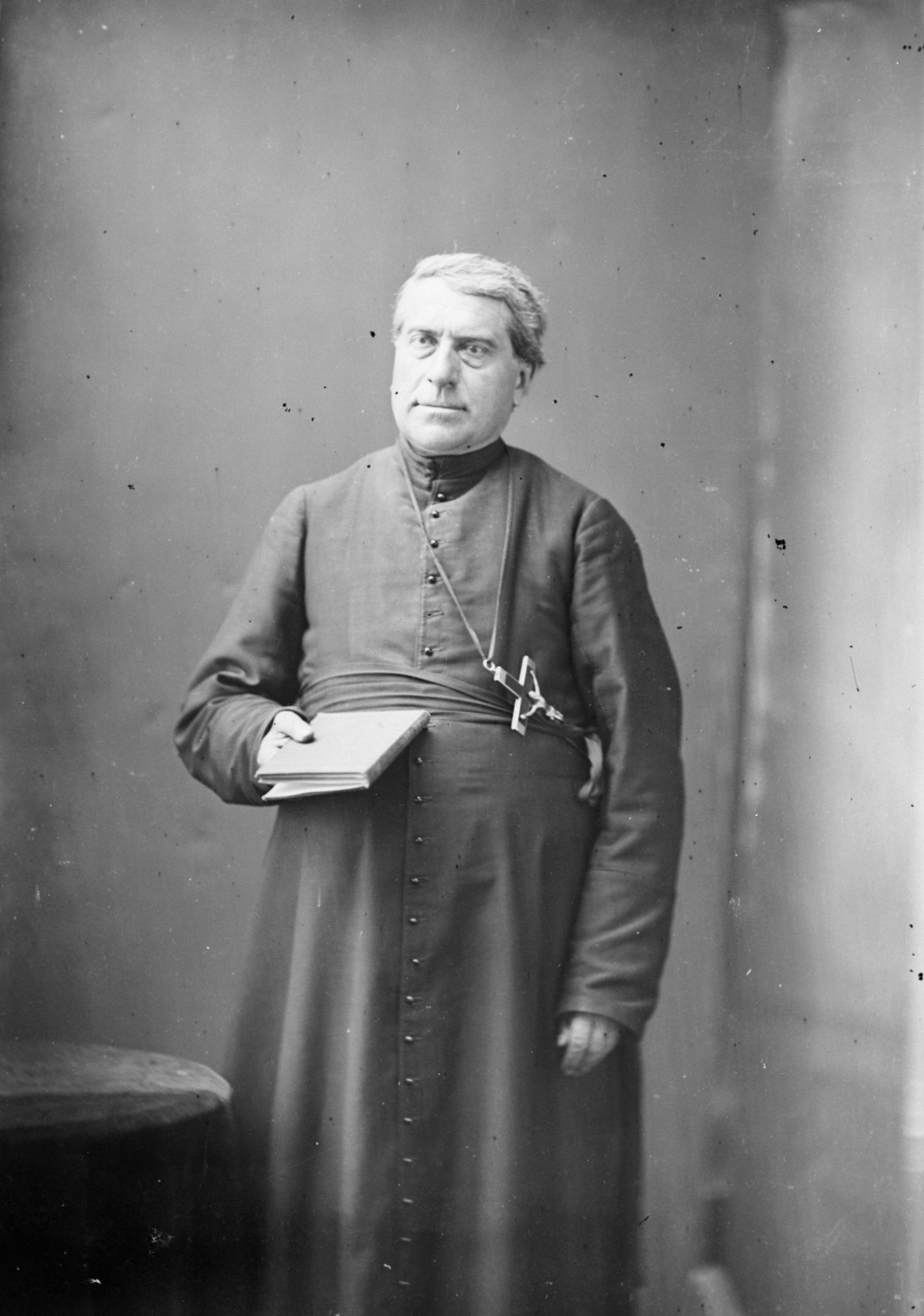Upon his arrival, Bishop Guigues establishes the College of Bytown, also known as St. Joseph’s College, which he entrusts to the Oblates. After modest beginnings and two changes of location, the institution acquires the status of a university in 1866. Since then, it has continued to evolve gradually.
It is Father Joseph-Henri Tabaret, head of the institution from 1861 to 1886, who really gets it off the ground. A real university program is set up in 1874, and the teaching is entrusted to specialists. The Theology and Philosophy faculties are created in 1889, when Pope Leo XIII grants a pontifical charter to the University of Ottawa – the second in the country, after the Université Laval, to receive such an honour. The Faculty of Canon Law is added in 1929. The École de pédagogie is founded in 1923, in the midst of the crisis of Regulation 17, with the nursing school following in 1933.
Schools of social, political and economic sciences are established next, along with institutes of missiology, psychology, physical education and geography. The School of Medicine is founded in 1945, followed by the School of Applied Sciences in 1946. The Faculty of Civil Law is added in 1953, followed by the Common Law Section in 1957. When the Oblates officially leave the University of Ottawa in 1965, they bequeath a complete university to the National Capital Region.
The Oblates continue to exercise a strong influence at the university for over twenty years, with Roger Guindon, OMI, retaining the position of Rector until 1984. But the secular character of the institution increasingly asserts itself. Saint Paul University, a bilingual Catholic institution federated with the University of Ottawa, takes over religious education in 1965.
